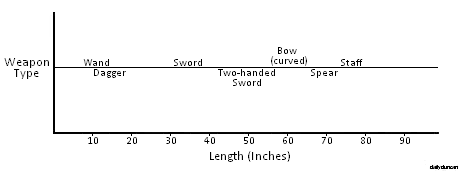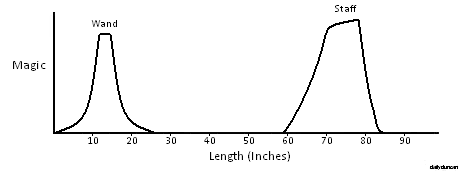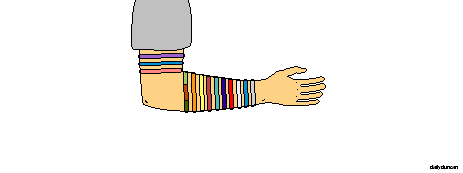Since the discovery that many diseases are caused by microscopic organisms called germs, we have developed complex habits and strategies for avoiding these invisible, infectious cretins. Such strategies include avoiding insects, wild animals and corpses, habitually cleaning our bodies, clothing and dwellings, as well as amassing large varieties of soap. When we are confronted with something unclean, like a rotting animal carcass, a response is stimulated and we are compelled to cringe and pull away. What’s fascinating about this behavior is attempting to determine whether the stimulus is conditioned or unconditioned.
The terms unconditioned and conditioned stimulus were coined by a Russian physiologist named Ivan Pavlov, who fed bells to his dogs until they began to salivate. We can think of an unconditioned stimulus as anything that causes a basic physiological reaction. In other words, something that triggers an instinct such as hunger, fear or pain. A conditioned stimulus is something that may trigger a similar response, but only because an association has been made between that stimulus and the unconditioned stimulus.
For example, someone who falls ill after venturing outdoors without wearing shoes might make an association between shoelessness and illness. From there, the sensation of stepping out of their house barefoot may actually disgust them. Another common example would be the fear of insects. Many people despise insects, especially spiders, and believe that these creatures are unclean. But is this fear an innate response intended to protect us from potentially poisonous pests, or is it an acquired response from a past experience?
What’s even more interesting is that these conditioned stimulus can be transmitted, either consciously or unconsciously, to other individuals. One who is fearful to step outside without footwear may teach this practice to others, perhaps without even explaining its origin. The result of the spreading of unexplained conditioned stimulus is a society that strictly adheres to customs and procedures that may have no known or legitimate purpose. To be clear, germs are real and they can cause serious health issues, but our sense of cleanliness may have less to do with the realities of the microscopic world than with these transmitted stimuli.
Saliva, for example, is generally considered an unclean substance, for most of us would be hesitant to share can of soda with another person. However, there are several encouraged activities which promote the exchange of saliva, such as kissing. We view saliva differently depending on how it is transmitted, since we know that saliva transmitted by a lick is more volatile than that by kiss. Some will argue that the saliva of those we most often kiss, such as friends and family members, is less hazardous, but that belief only reveals the unsubstantiated stereotype that strangers possess more dangerous germs than the people we know. By refusing to ingest someone’s saliva we’re insulting them, as if saying, “I think you’re a diseased liar who is trying to trick me into getting sick.”
Another case of inconsistency is our understanding of the relationship between cleanliness and time. Some things, like food and garbage, become less clean over time, while others, such as toilet seats and beds, become more clean. In the case of toilet seats, warmth can even be considered unclean, since it indicates recent contact with another human being. We aren’t so much disgusted by the idea of sharing a toilet seat, as long as there isn’t any observable evidence of prior use.
Touch is another thing that disgusts us only in certain situations. We feel unclean when interacting with animals and washroom gadgetry, yet we erroneously assume that most mundane objects we encounter are benign. Simulations using substances visible only under black light to represent germs have shown that nothing is safe from touch. We are constantly making contact with our hair, face, clothing, phone, keys, keyboard and food, but we are sure to wash our hands after using the restroom so that we remain sterile. The actual cleanliness of many objects and surfaces with which we regularly interact may come as a shock to us. Let’s look at a few examples, as it appears we are mistaken about a great many things.
Things that are actually dirty: desks, money, doorknobs, railings, dishcloths, light switches and shopping carts.
Things that are actually clean: dirt, insects, lake and river water, mustaches and fresh meat.
There is much obscurity about germs in the minds of commoners. We know that germs can cause illness, but we aren’t always sure which germs we’re avoiding. What illness, exactly, do we think we will contract by drinking from a river, touching an insect or sitting on a warm toilet seat? Many of us believe that we must sanitize our surroundings to neutralize the unseen threat of germs and bacteria, yet few could identify the pathogens we’re bent are eradicating. There are legitimate culprits, like E. coli, but we don’t really think our homes are breeding grounds for fecal contamination. We’re afraid of germs – ambiguous, invisible, malevolent germs.
In summary, the motivation for our hygienic practices is more social and emotional than factual, and we shouldn’t let society pressure us into believing that something is or isn’t clean; we should make informed decisions. In many ways this may liberate us from the bondage of a false sense of filth. Of course, we may also be crippled by an overwhelming concern for the contamination of our environment, but mysophobia is a problem only afforded to those whose lives are devoid of legitimate threats.
The next time someone offers to share their soda with you, drink it.



